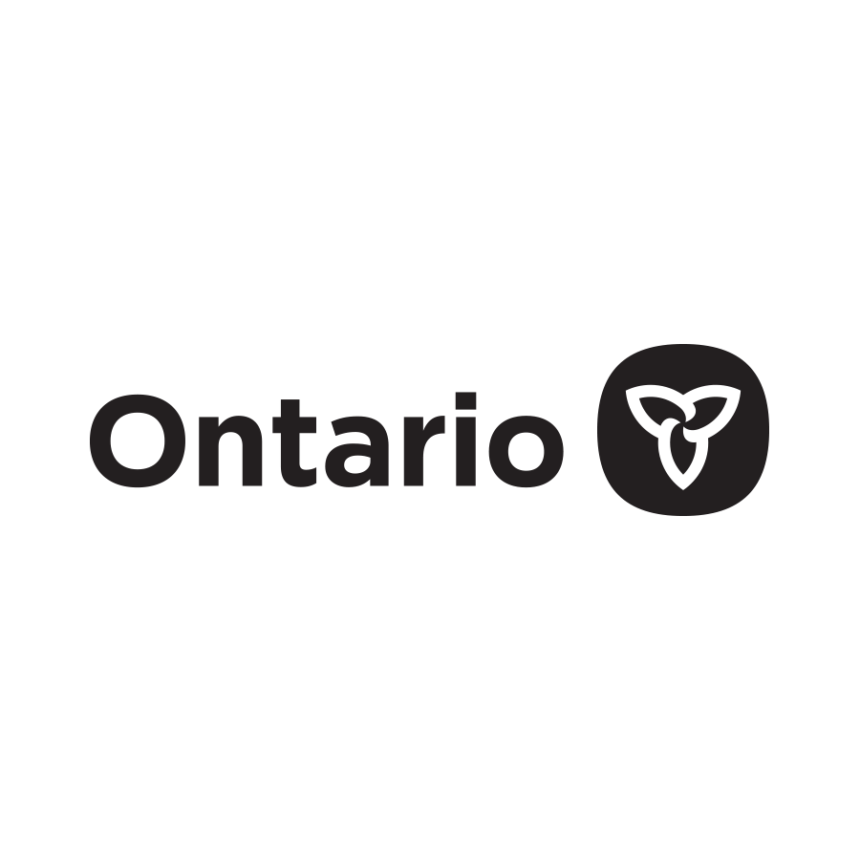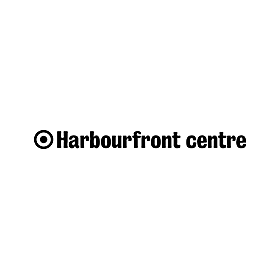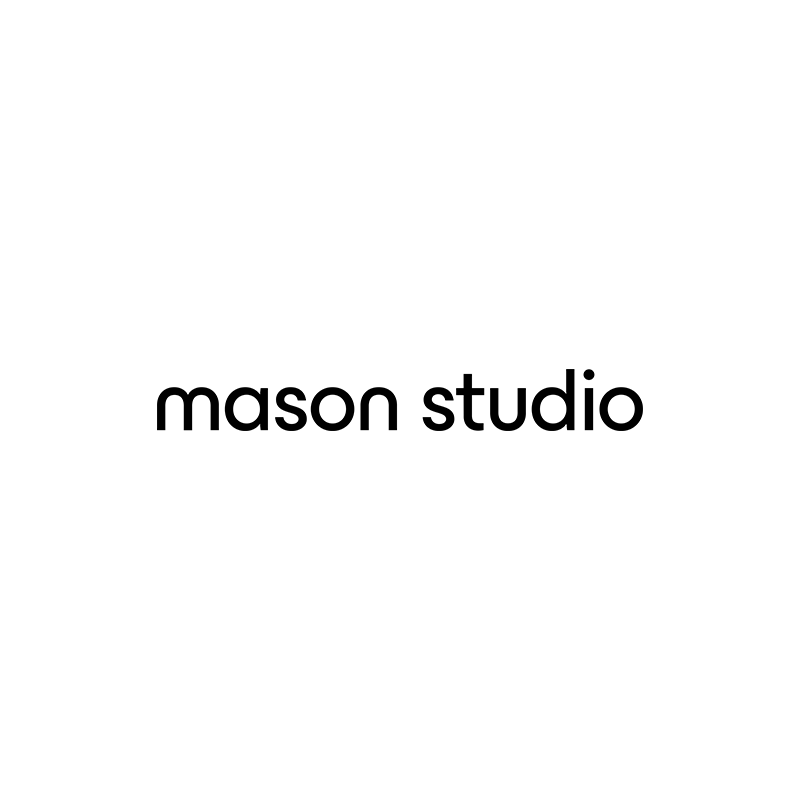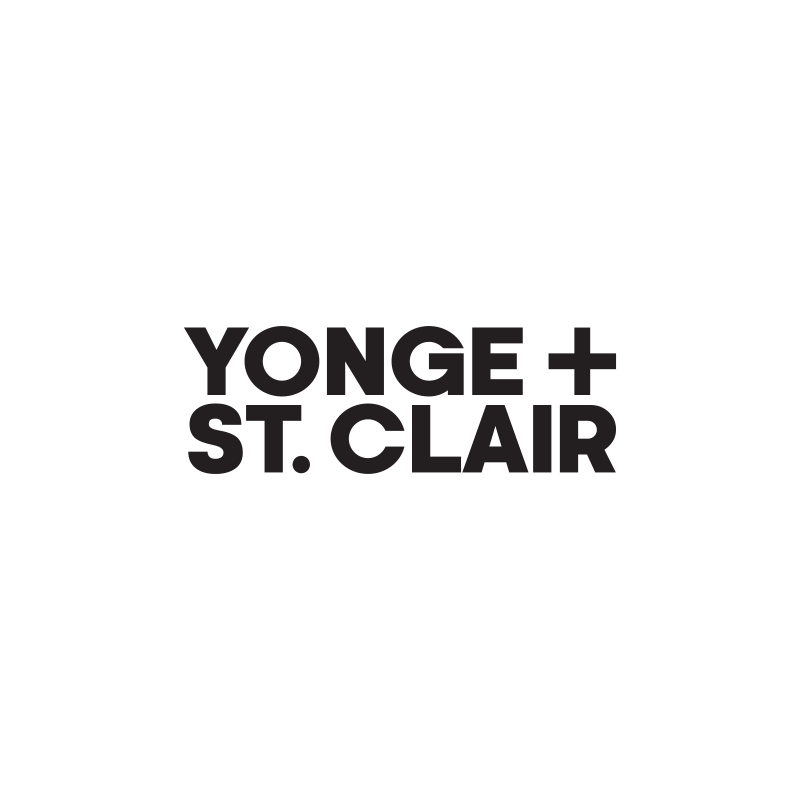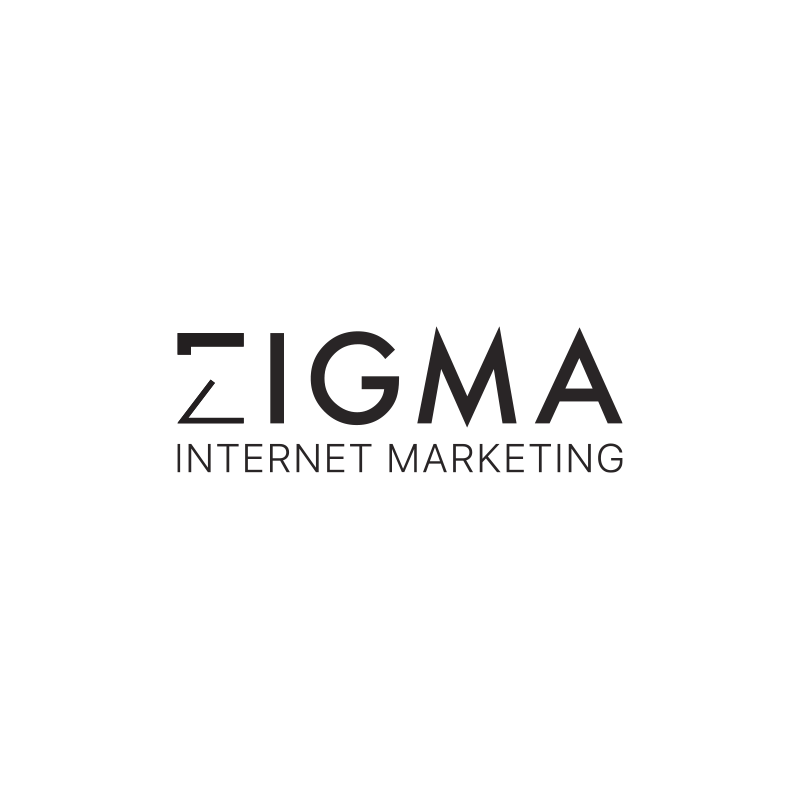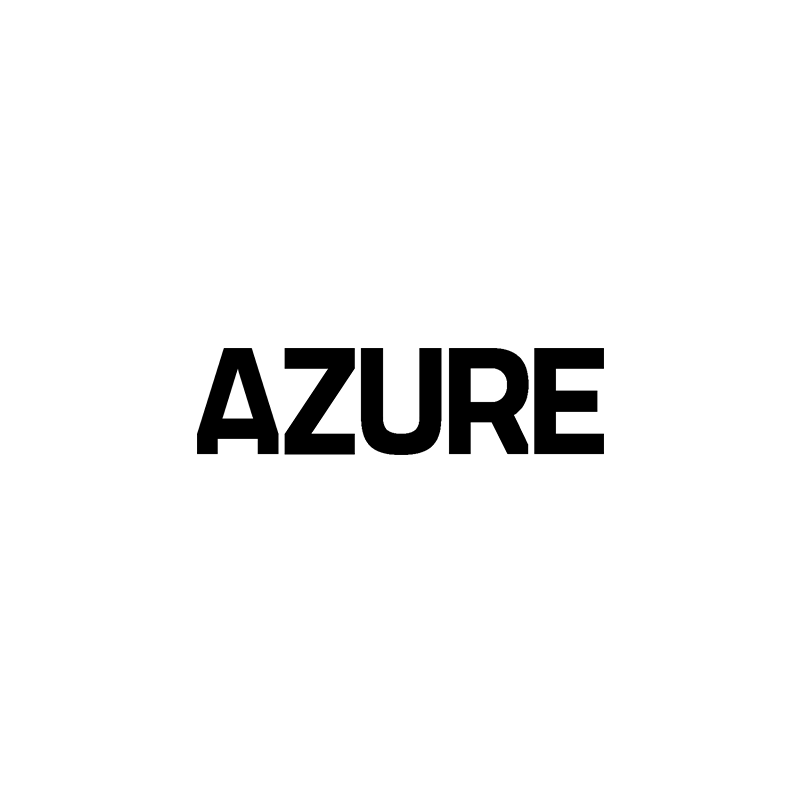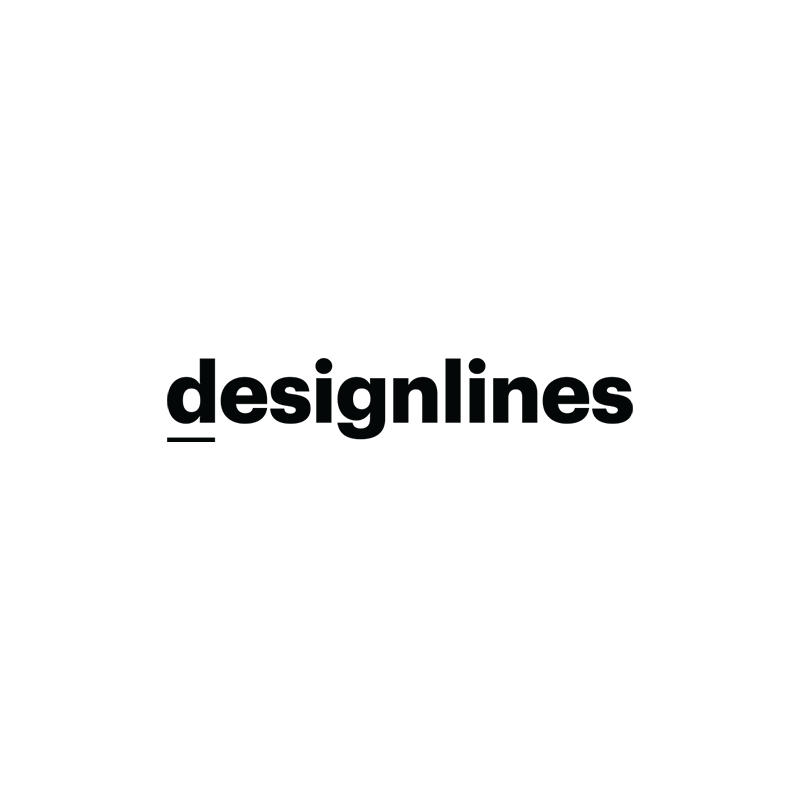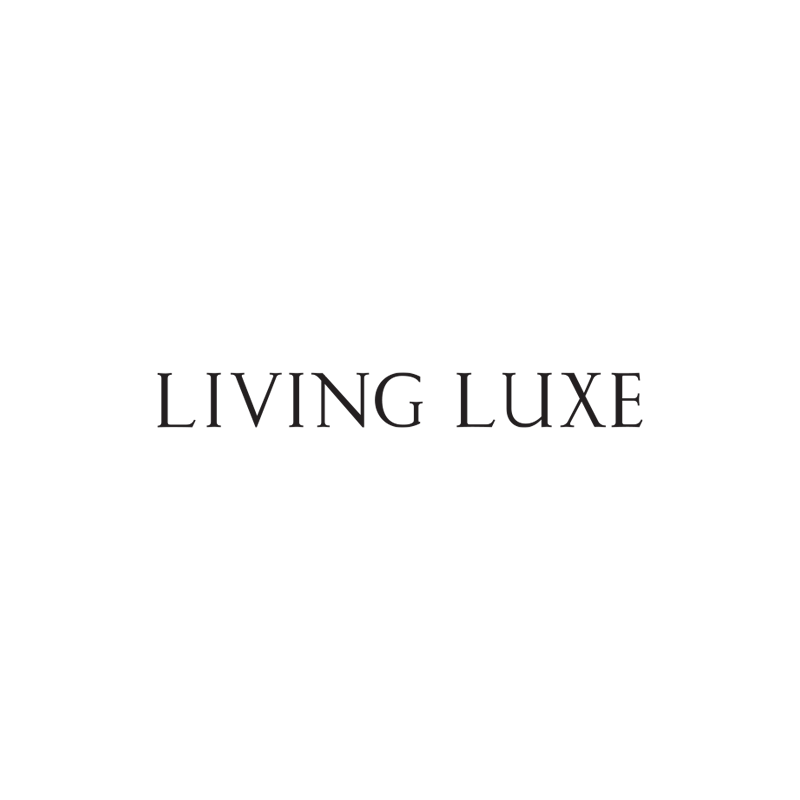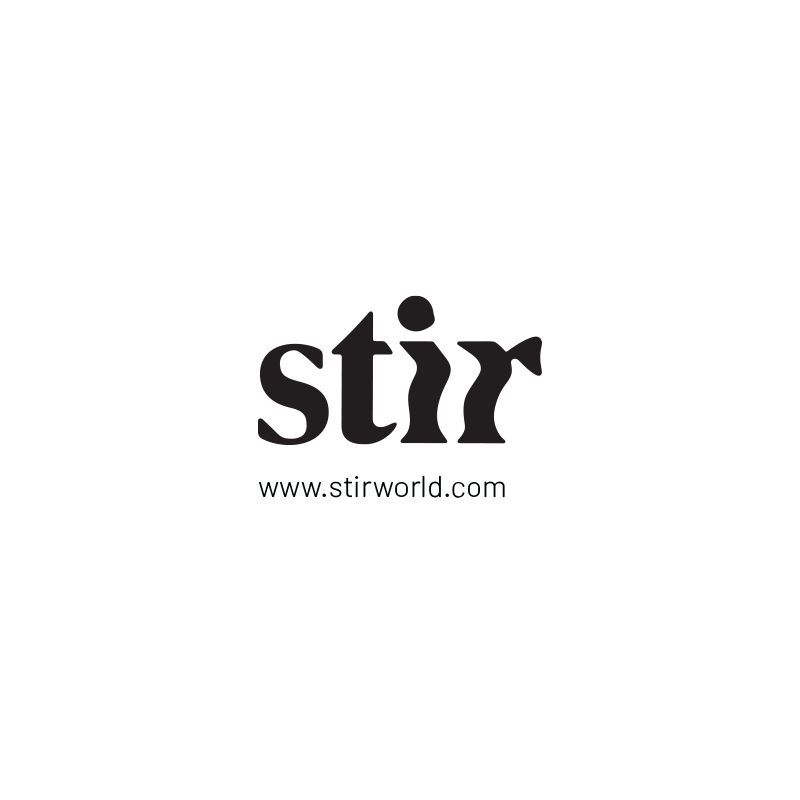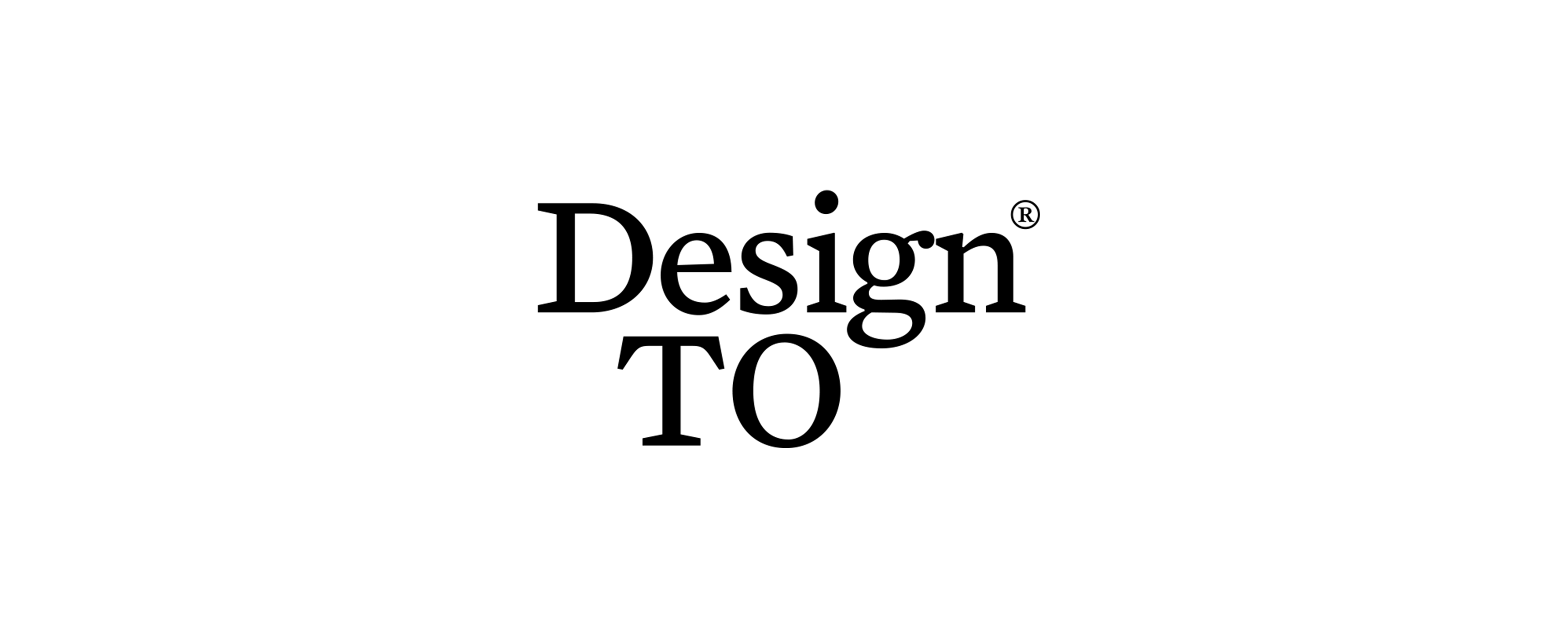

DesignTO’s Artistic Director, Deborah Wang, and Head of Programming, Robyn Wilcox, shed light on the organization’s value system and how the Festival is curated.
Lifting the Veil
Programming an art and design festival is hardly an easy feat, especially when it relies on a small core team (of four), integrating the expertise of volunteers, and funding from multiple sources. Despite this, DesignTO has executed successful, week-long, and Toronto-wide festivals since 2011 which has art- and design-loving patrons and sponsors coming back time after time. How does such a small team do this? They remain inventive and nimble. How does DesignTO curate its programming? It commits to sharing features that promote a joyful, just, and sustainable world. How does it continue to grow, year over year? With the help of like-minded sponsors and exhibitors that trust in its robust value system.
Let’s go behind the scenes with DesignTO Artistic Director, Deborah Wang, and DesignTO Head of Programming, Robyn Wilcox, to learn more about what matters most to the Festival organizers, and why the Festivals are programmed as they are.

Who curates the DesignTO Festival?
Tory Healy (TH): Tell us a little bit about yourself and what your role at DesignTO is.
Deborah Wang (DW): I am the Artistic Director of DesignTO, co-director of the organization (with Jeremy Vandermeij, Executive Director), and a co-founder. As Artistic Director, I lead all of our curatorial projects and public programming, working closely with Robyn and a team of part-time contributors including adé abegunde, Kikki Guerard, and Olga Klosowski Schellenberg this year. With Jeremy, I work on the operations and development of the organization. I am also a licensed architect, designer, and independent curator.
Robyn Wilcox (RW): I began working with DesignTO part-time in 2016 and joined full-time as the Head of Programming in 2019. I contribute to our curatorial projects and public programming, and I also manage the Independent Projects program, where DesignTO acts as a platform for projects curated by other individuals and organizations. I am also the Curator at Craft Ontario, where I produce exhibitions by artists working in diverse craft mediums.
What is DesignTO’s value system?
TH: The Festival began in 2010. How has it changed in scope, reach and focus since then?
DW: DesignTO has a grassroots origin story. There were a handful of design exhibitions happening alongside Toronto’s Interior Design Show, and we got together to build a community that could support each other. It wasn’t until our second year that we incorporated as a non-profit, officially becoming the Toronto Design Offsite Festival. One of the headline exhibitions, ‘Come Up To My Room’, was focused on immersive experiences and artistic installations while other group exhibitions were more product-focused. We grew exponentially each year, and it was probably in our fifth or sixth year when we reached a critical mass of projects and awareness from both within the design industry and the general public. For many years now, our 10-day festival offers over 100 events and exhibitions across the city. It reaches more neighbourhoods and presents the work of hundreds of local, national, and international artists and designers each year. Our definition of design is very stretchy, which is part of our evolution, too. For us, design includes many formal disciplines (traditional and new ones), multidisciplinary practices, and sometimes crosses over to contemporary visual art. The Festival covers a wide range of topics, including the thorny ones, like the climate crisis, social justice and decolonization.

TH: DesignTO recently revised its purpose, mission, and vision. What is it and how has this evolved from the original mission statement?
DW: Our original mission statement had to do with connecting design and community, bringing design out of the studio and into the urban sphere to share and celebrate it. Our current mission statement frames what we do in more concrete terms: “We curate exhibitions, presentations, and educational programming to increase the public’s knowledge and appreciation of design and its role in creating a sustainable, just and joyful world.” Our purpose, however, leaves more to the imagination: “We bring people together to design a better future.” We need each other to have critical conversations.
How is the Festival Curated?
TH: How do these pillars influence the programming for both the annual Festival as well as off-season programming?
DW: We program based on things we are interested in that are contemporary and connect to current issues in design and beyond. Some of our programs are also structured around a free open call for submissions because it’s important to us to be accessible and to hear directly from creatives about what they’re doing. People we meet, both in the city and abroad while traveling or attending other design festivals, also influences our programming. We learn about something that sparks our interest, and then we go for it. When we expressed our values as sustainable, just and joyful, we were collectively thinking about the world we want to live in. For example, we prioritize making space for underrepresented voices in our talks and exhibitions. We resist the momentum of the patriarchy and seek social justice through our approach to programming.
RW: We are intentional about putting different disciplines in conversation with each other. DesignTO is in a unique position in that we are not founded in or focused on a particular way of doing design and so, where we can, we try to take advantage of that. How can we bring together experts who otherwise wouldn’t have the opportunity to interact? Can that help advance the work that they’re doing? We believe that there is benefit to be gained from cross-pollination between disciplines.

Why the Design Festival Includes Art
TH: As a Festival primarily focused on design, art is also exhibited. How do you make the decision to include these works in the Festival?
DW: Art and design are both conceptual practices that can take a material form, so maybe that’s one reason we want to have art and design in conversation with each other. I think people are thinking less and less about these formal fields and are increasingly more multidisciplinary. Fluid. Inclusive.
RW: I think these categories — art, design, craft — can be helpful, but they can be harmful, too. I’ll take craft as an example – historically, craft has been the creative product of women, people of colour, and those without access to formal education. When it was brought into the academy during the mid-century studio craft movement, Modernist ideals continued to be the gatekeeper of the discipline and, frankly, things haven’t changed as much as you would expect or hope since then. The result is that a very narrow segment of craft has been deemed “art” and permitted art-world valuations, while the majority continues to be underappreciated and undervalued.
So we approach programming with an inclusive mindset – we’re looking for ways to bring people and ideas in, not keep them out. Plus, the most interesting stuff is happening in the gray areas – in the fringes and spaces between.
Finding the Perfect Partners
TH: Does the organization’s value system affect who you partner with?
DW: With partners, we’re always cognizant of alignment – in terms of values, but also goals. So every partnership project involves a lot of getting to know each other and collaboration so that each party is fulfilled and realizing their own purpose and mission too.
RW: Many of our partners bring essential expertise and knowledge to a project. For example, when we began DesignTO Youth in 2019, we knew that it was critical to bring on a partner who was experienced in working with youth. Over the years we have collaborated with SKETCH Working Arts, JAYU, and Oasis Skateboard Factory to deliver a program where participants are receiving age- and context-appropriate support while engaging with creative disciplines and professionals.

TH: The DesignTO Youth program seems to really touch on the organization’s purpose of bringing people together to design a better future. How important is it that youth feel empowered to make those changes? Can you give examples of successful past programming?
DW: Emboldening youth is so important. Lots of organizations are working towards this goal of giving youth the opportunities, exposure, skills, and confidence to participate in art-making and city-building. We’re in the midst of the fifth year of the program, having just finished 6 weekly online modules called ‘Unpacking Creative Practice’, organized in partnership with JAYU. The program offered 50 youth ages 18-29 the opportunity to engage with emerging and established artists and designers, exploring different aspects of the role of creatives in society, critical thinking and unique career paths, plus a ‘Finding Your North Star’ workshop and lots of Q&As. Every year the program culminates in a public presentation where youth artists and designers show their work in a curated group exhibition. It’s a significant milestone for everyone and a chance to hear and see what youth are thinking about through their creative practice.
TH: For anyone considering sponsoring, partnering, or participating, what advice would you give them before submitting their proposal?
RW: When I talk to designers who are considering participation in the Festival, I often ask them about their objectives – what do you want to get out of this experience? For example, are you an established studio that wants to attract new talent? An academic wanting to introduce your research to a new audience? A newcomer looking to meet other designers? A common reason that designers participate in the Festival is to help them focus on a passion project that has taken a back seat to their client work. Nothing motivates like a deadline and an audience! I think having clear objectives goes a long way towards making it a positive experience.
I also recommend checking out the Festival Archive – it’s a wealth of information and inspiration. And, finally, I encourage folks to review our Artistic Guideline.
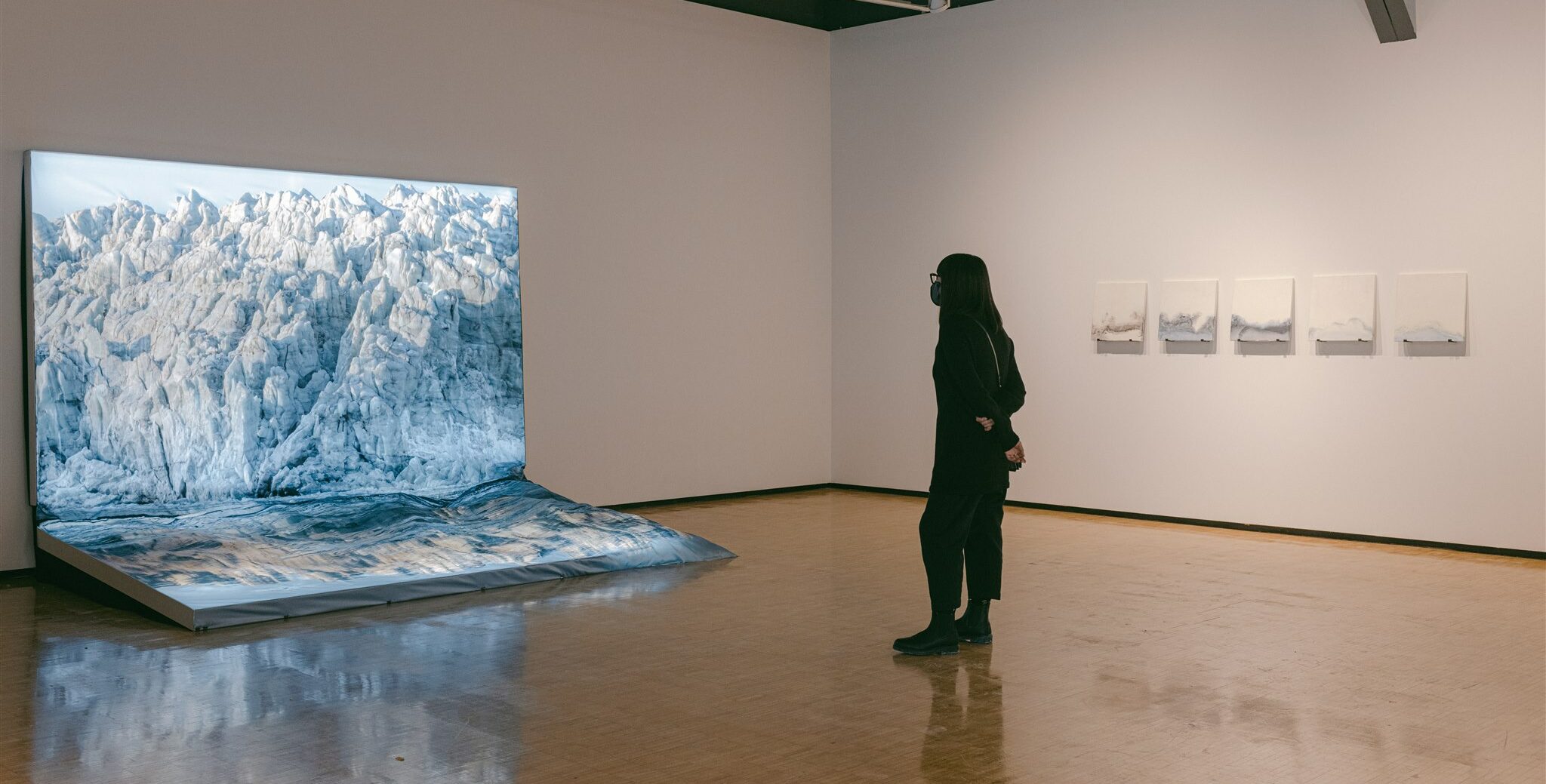
The Future of the Festival
TH: How do you envision DesignTO’s involvement in changing the landscape of design in Toronto and beyond?
DW: I feel like we have our “finger on the pulse” of design in Toronto by producing a Festival that invites participation from designers and programming in a way that taps into what’s going on. We’re listening, connecting, aggregating and amplifying what’s going on here and elsewhere.
The Festival has been the result of magical organic growth driven by the dedication of its leadership, coupled with key people in the community who really believed in what we were doing, the participation of thousands of incredible artists and designers, and supported by amazing funders and partners. As someone who is more immersed in the present, I find looking into the future kind of challenging. I love how our Festival brings together the design community and offers a forum for critical conversations. I’d love to expand that into ongoing conversations with other cities. I’d love to engage in radical sustainability and take real steps towards meaningful climate action – a kind of action that fundamentally changes what we do as a Festival and changes each of us, too.
––
So while we wait for the more distant future, be sure to join us for the upcoming DesignTO Festival, happening across the city and online January 19-28, 2024. The full Festival Schedule launches later this month.


